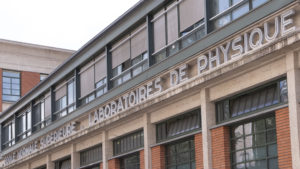Accretion disks are cosmic structures formed by gas and matter in Keplerian rotation around astrophysical objects such as young stars or black holes. Ultimately, the orbiting matter loses its angular momentum and spirals towards the central object. But the observed accretion rates are so large that they require a very efficient, yet unknown mechanism for this redistribution of angular momentum in the disk, making it one of the most active quests in modern astrophysics.
In this new experiment, a liquid metal is driven by a combination of electric currents and magnetic field. The magnetic force then plays the role of gravitation, allowing to generate a Keplerian rotation rate similar to the one of astrophysical disks. This provides the first ever laboratory model of a thin, turbulent accretion disk in Keplerian rotation.
The use of a Lorentz force to drive the flow (rather than the rotation of the boundaries as in previous experiments) also modifies how angular momentum is transported in the disk. The angular momentum is then redistributed by the turbulent fluctuations alone, without any contribution from the molecular viscosity or the boundary layers. It is therefore the first observation of the so-called ultimate regime for which viscosity is no longer important, as predicted 60 years ago but never observed until now.

Hot gas and dust flow inward around a newly formed star to create a protoplanetary disk (left). The laboratory model recreates this accretion process in a turbulent flow. An annular disk of height h, bounded by electrodes (yellow), holds a liquid metal. The interaction of a vertical magnetic field (blue) and a radial current injected into the electrode sets the liquid metal in motion. The resulting flow demonstrates outward transfer of angular momentum—a definitive sign of inward mass accretion.
More:
https://doi.org/10.1103/PhysRevLett.129.074501
Author affiliation:
Laboratoire de physique de L’École normale supérieure (LPENS, ENS Paris/CNRS/Sorbonne Université/Université de Paris)
Corresponding author: Christophe Gissinger
Communication contact: L’équipe de communication










